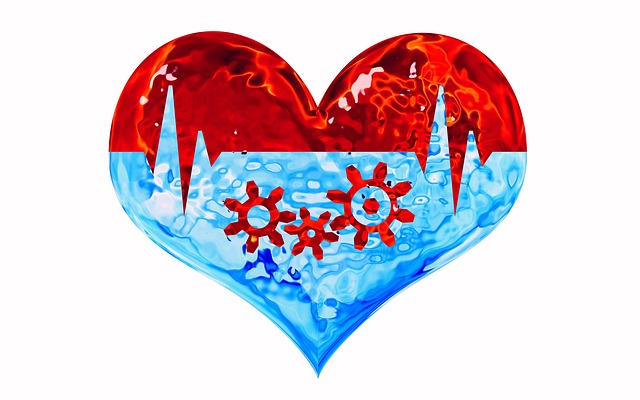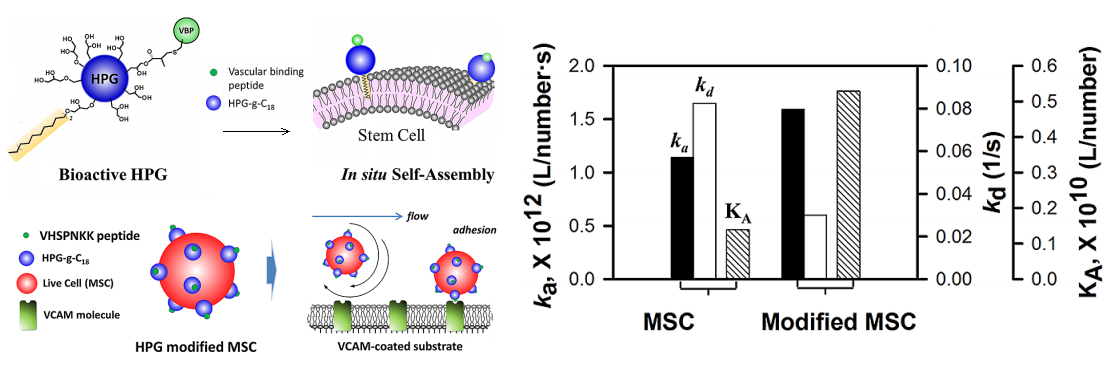Information about The Laboratory of Hybrid Materials for the Bioengineering of Interface and Biotransport.
 The Laboratory of Hybrid Materials for the Bioengineering of Interface and Biotransport’s overall goal is to develop advanced material systems that allow us to better understand and regulate interfacial and transport phenomena related to human health and sustainability. To achieve this goal, we focus on synthesis, characterization, and processing of “intelligent” materials with desired structure, property and functionality. We also integrate synthetic materials (e.g., polymer and metals) with living organisms (e.g., cells & tissue) by using cell and tissue engineering technologies and, in turn, create new hybrid materials that have not been explored to date. We are also utilizing the resulting material systems for a series of applications:
The Laboratory of Hybrid Materials for the Bioengineering of Interface and Biotransport’s overall goal is to develop advanced material systems that allow us to better understand and regulate interfacial and transport phenomena related to human health and sustainability. To achieve this goal, we focus on synthesis, characterization, and processing of “intelligent” materials with desired structure, property and functionality. We also integrate synthetic materials (e.g., polymer and metals) with living organisms (e.g., cells & tissue) by using cell and tissue engineering technologies and, in turn, create new hybrid materials that have not been explored to date. We are also utilizing the resulting material systems for a series of applications:
- Diagnosis and treatments of diseases
- Control of surface fouling
- Engineering of self-adaptive devices
- Assembly of autonomous miniature organs termed “organoids”
Our Principal Investigator is Hyun Joon Kong.
If you would like to learn more about us, check out our website here.
Synthesis and Fabrication of Smart Hydrogels
We are researching differential controls of chemical, mechanical and transport properties of smart, bioactive hydrogels for drug delivery, 3D cell culture, cell transplantation, and anti-fouling. Examples include:
- Self-folding Hydrogel


- Microvascular Stamp for Patterning of Functional Neovessels

- Proangiogenic Patch

Modular Assembly of Multifunctional Nano- & Microparticles
We are researching modular assembly of multifunctional nano- and microparticles for diagnosis, imaging, and treatments of cardiovascular diseases. Examples include:
- Gadolinium-Coated Liposomes for Vascular Imaging

- Ellipsoidal Polymersomes for Highly Efficient Cell Targeting

Directing Stem Cell Transports
We are researching the development of nanomaterials for targeted delivery and in situ regulation of therapeutic stem cells. Examples include:
- Chemical Modification of Stem Cell Surface to Induce Adhesion

Cell and Tissue Engineering
We are researching the engineering of cell clusters and tissue for understanding emergent cell behavior towards tissue development and pathogenesis and assembling “living” biological machinery. Examples include:
- Cell-instructive Hydrogels
